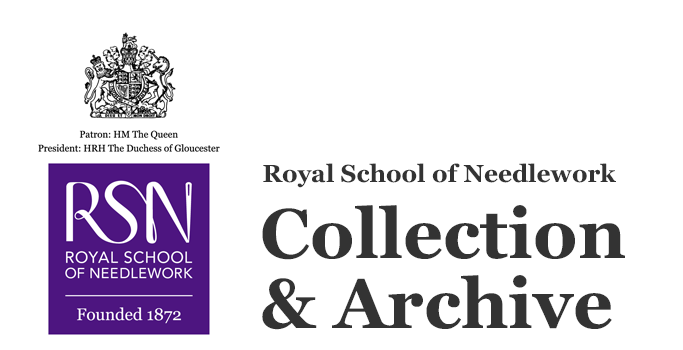Chasuble
Object name
Date made
1670-1710
Place made
Description
Italian circa 1670-1710 chasuble embroidered all over in a scrolling floral pattern.
Content description
Circa 1670-1710 silk satin chasuble made in Italy, embroidered all over in a scrolling floral motif and lined in cream silk. The embroidery was done in silk threads using satin stitch and long and short stitch. The chasuble is adorned with floral and faunal motifs, including irises, carnations, tulips, daffodils, rosebuds, convolvulus, peonies, anemones, butterflies, and birds entwined with scrollwork.
The embroidered fabric was not originally intended for a chasuble, as the embroidered motifs do not follow the shape of the garment. It may have been embroidered for a wall or bed hanging, or even a garment such as a mantua. The fabric selvedge runs along the garment lengthwise, as one would expect. Donations of high-quality domestic and secular textiles to religious organisations were common across the early modern period, and these very valuable textiles would often be repurposed into religious objects such as vestments.
The chasuble was in use until it was donated to the RSN in 2011, prior to which it underwent conservation work whereby the embroidered shell was covered with a fine mesh which is now fraying and the chasuble was relined in polyester satin. The ground fabric is damaged, with warp threads missing in many areas, leaving the wefts loose. There are stitch marks in some areas where the embroidery is gone, likely because the thread was dyed with black or dark oak gall-based dye which is corrosive and has since disintegrated. The embroidery was very likely stitched by professionals and is typical of early modern Italian embroidery, with its naturalistic silk shading and baroque floral scrolls.
The embroidered fabric was not originally intended for a chasuble, as the embroidered motifs do not follow the shape of the garment. It may have been embroidered for a wall or bed hanging, or even a garment such as a mantua. The fabric selvedge runs along the garment lengthwise, as one would expect. Donations of high-quality domestic and secular textiles to religious organisations were common across the early modern period, and these very valuable textiles would often be repurposed into religious objects such as vestments.
The chasuble was in use until it was donated to the RSN in 2011, prior to which it underwent conservation work whereby the embroidered shell was covered with a fine mesh which is now fraying and the chasuble was relined in polyester satin. The ground fabric is damaged, with warp threads missing in many areas, leaving the wefts loose. There are stitch marks in some areas where the embroidery is gone, likely because the thread was dyed with black or dark oak gall-based dye which is corrosive and has since disintegrated. The embroidery was very likely stitched by professionals and is typical of early modern Italian embroidery, with its naturalistic silk shading and baroque floral scrolls.
Dimensions
width: 63cm
length: 113.5cm
length: 113.5cm
Materials
Stitches
Techniques
Motifs
Credit line
Gift of Isobel Lattimore, 2011.
Catalogue number
COL.2011.77
Other numbers
RSN 1794
© Royal School of Needlework

